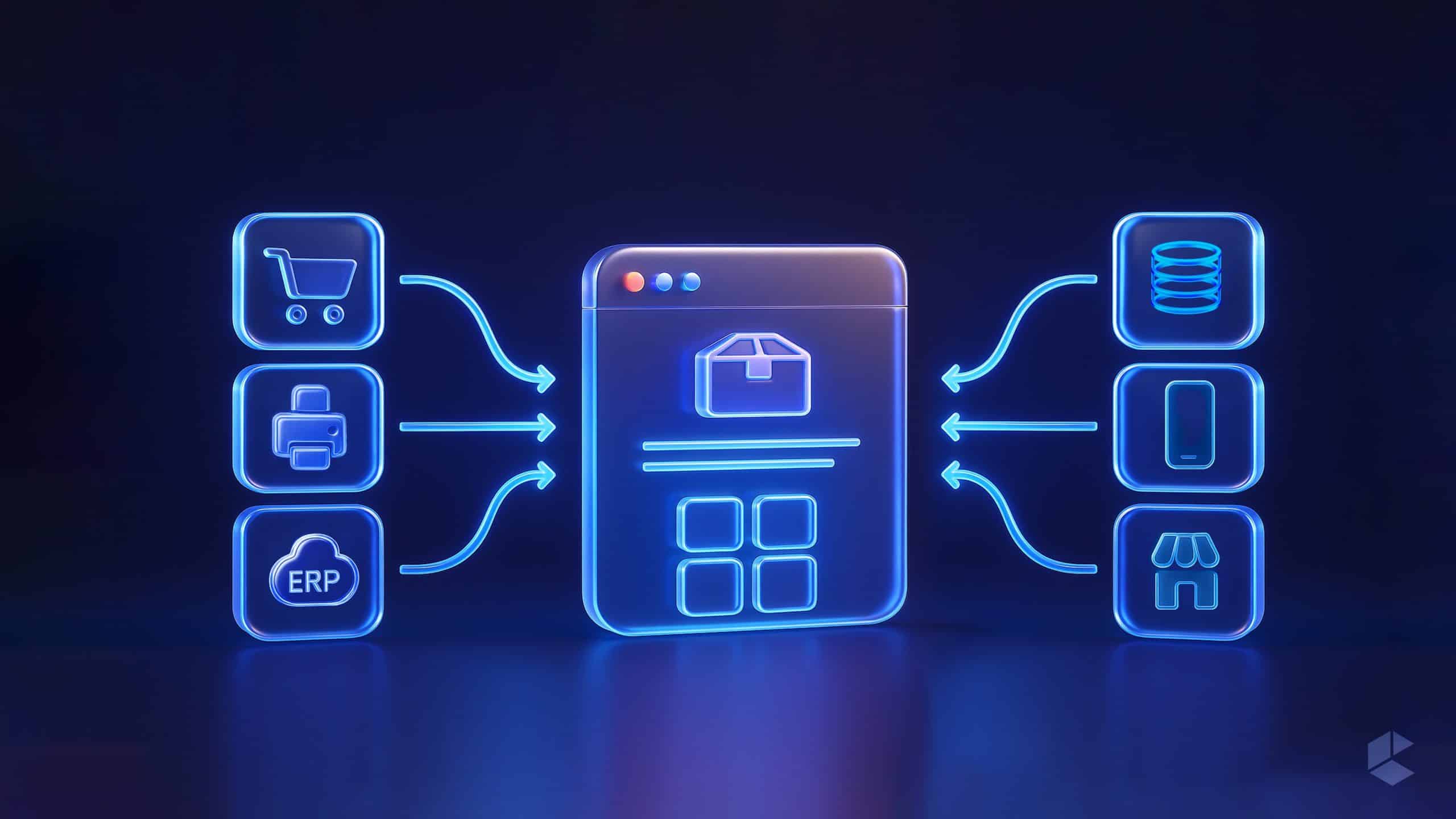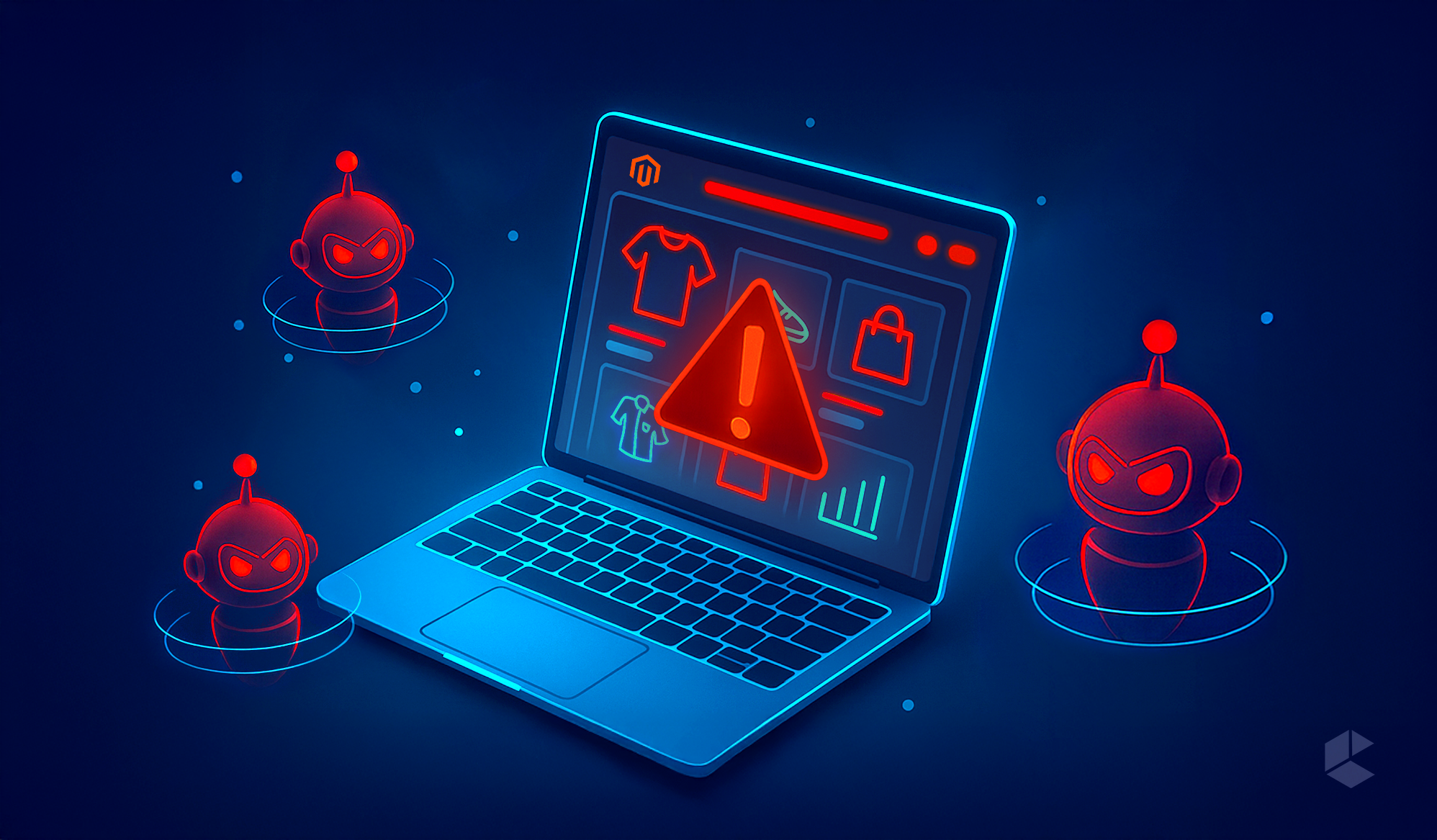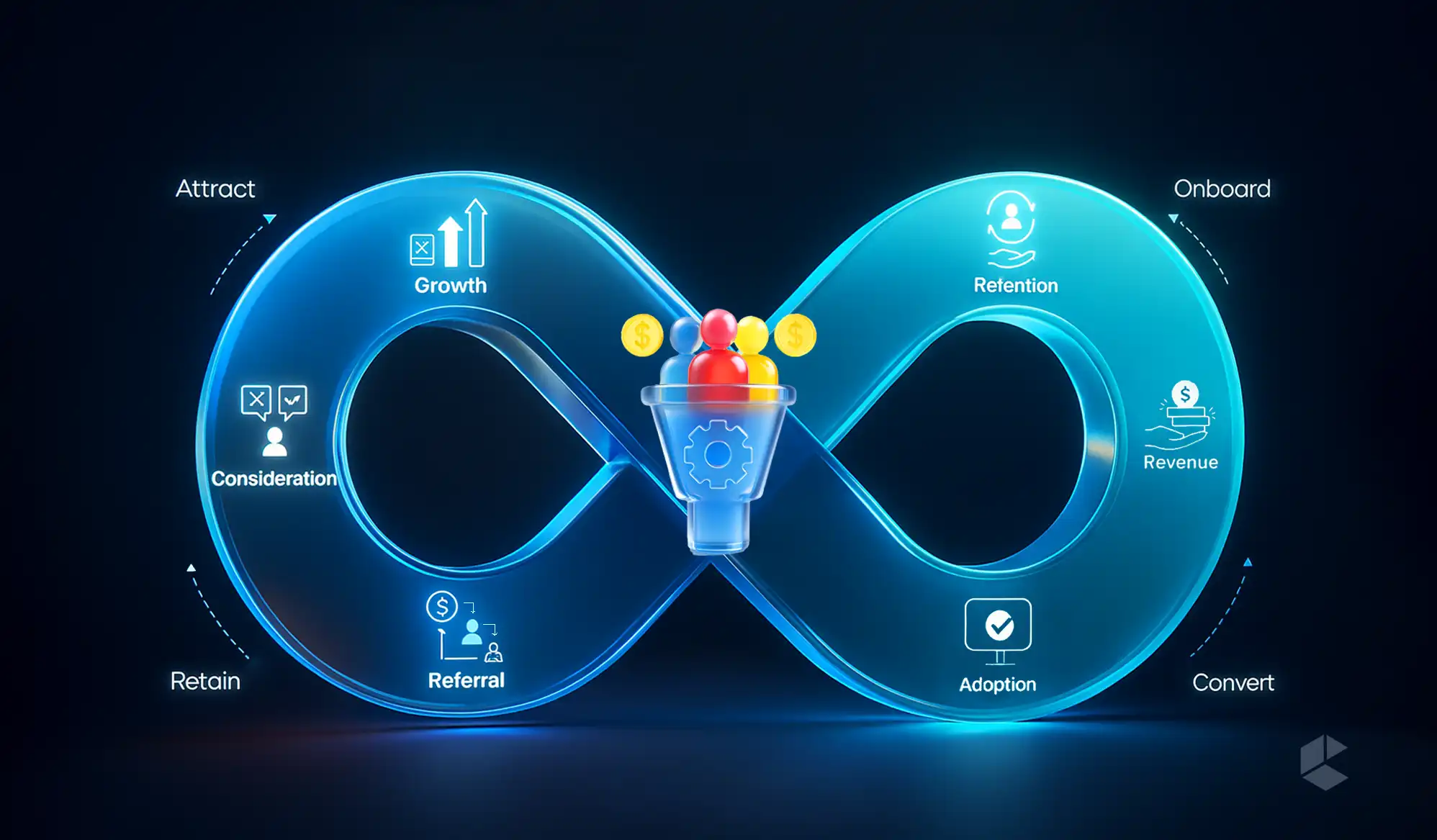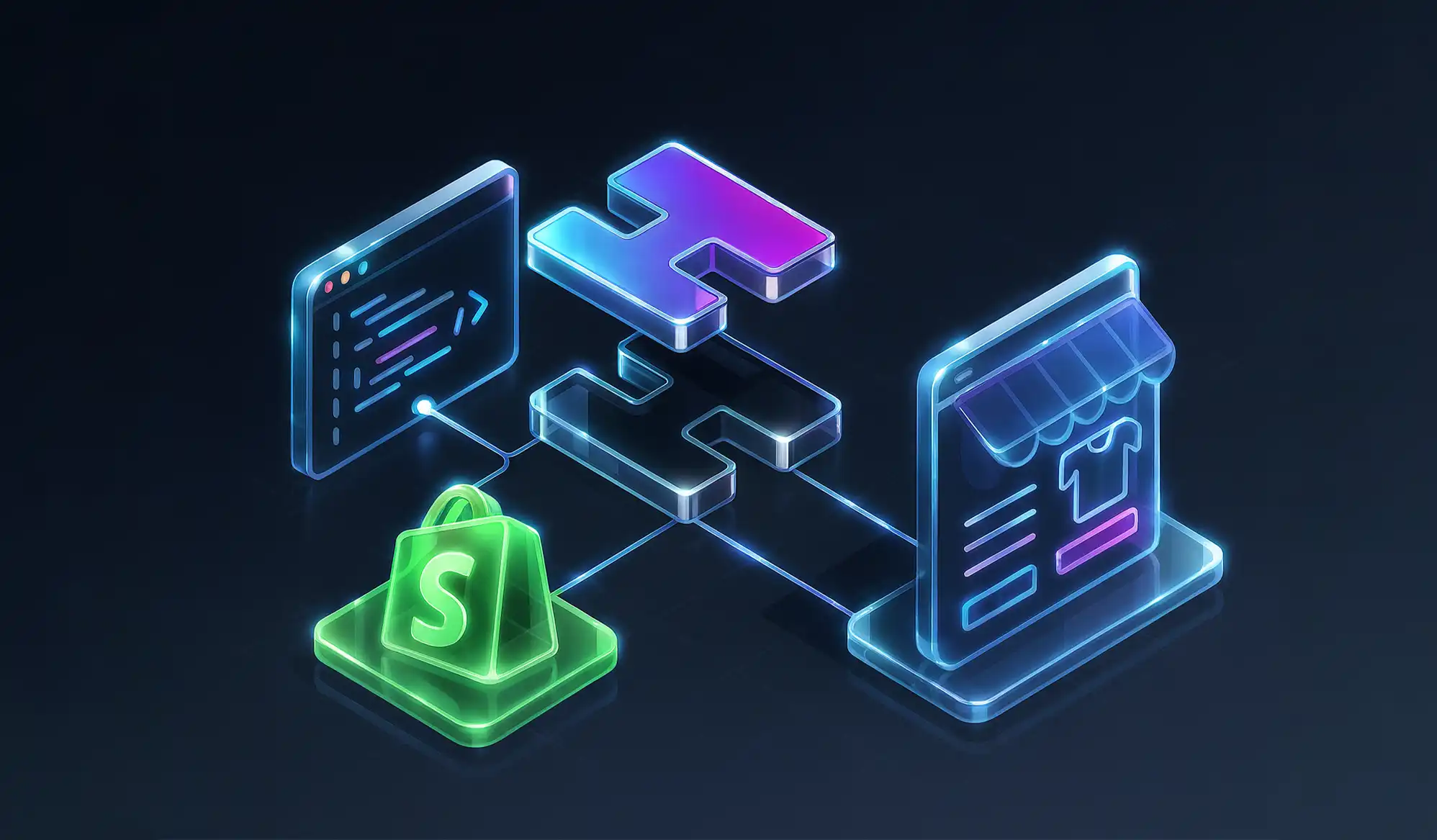Key Takeaways
- PIM unifies the product data to maintain uniformity across all sales and marketing channels.
- Eliminates errors and manual labor through the automation of product data enrichment and dissemination.
- Accelerates time-to-market with streamlined workflows and instant updates.
- Improves customer experience by providing accurate, comprehensive, and localized content.
- Best suited for eCommerce retailers with large catalogs or omnichannel selling models.
- Easily integrates with ERP, CMS, eCommerce, and marketplace platforms.
In today’s highly competitive eCommerce environment, product information can make or break a transaction. Consumers want rich, accurate, and uniform product content across all channels, but companies have to deal with a continuously expanding set of products, varied markets, and ever-more-complicated supply chains. The answer? A Product Information Management System.
Consider a PIM to be the digital command center of your product information, a smart hub that consolidates, enriches, and disseminates product information to every sales and marketing channel. PIM is not a fancy spreadsheet, though. It’s a strategic imperative for eCommerce businesses looking to scale, localize, and remain top of mind in the rapidly changing digital commerce space.
In today’s blog, we’re going to demystify everything you have to understand regarding PIM: from best practices to implement it to the tangible benefits it brings and the reasons why eCommerce companies of any size can no longer afford to overlook it.
What Is a PIM System?

A Product Information Management system is a central solution that captures, maintains, and disseminates all categories of product information across multiple channels, including mobile apps, marketplaces, social media platforms, eCommerce websites, and printed catalogs.
It serves as a single point of reference for product information: holding everything from SKUs and measurements to translated descriptions, digital images, and tech specs. Instead of fragmenting data here and there across marketing systems, ERPs, and spreadsheet files, a PIM consolidates it into a single, easily controllable system.
At its very basis, a PIM facilitates:
- Centralized Product Data Management
- Data validation and enrichment
- Localization and translation support
- Multichannel syndication
- Workflow automation and control
- User roles and permissions.
- Data quality dashboards and custom reporting
- SEO optimization fields
In a nutshell, it converts disorder into order, providing clean, uniform, and accurate product content at scale.
PIM Implementation: How to Do It
Installing a PIM system is not a “turn it on” type of project. It takes deliberate planning, cross-functional process development, and a solid plan to make it work. The following is a list of the most crucial phases of implementation:
Define Your PIM Strategy
Before you start evaluating vendors or migrating data, you must define your objectives. Are you looking to minimize time-to-market? Enhance data quality? Extend into new markets? The responses will inform each of your decisions from here on out.
Additionally, specify which organizations are to make use of the system. A PIM is not solely an IT tool but is also used by eCommerce managers, marketers, merchandisers, product teams, and others.
Audit Your Existing Product Data
You can’t repair that which you don’t comprehend. Carry out a thorough audit of your data environment today:
- Where does your product data reside?
- Which systems control product content today?
- How clean, comprehensive, and ordered is the available data?
- Do there exist duplications, inconsistencies, or silos?
This audit will assist in determining where cleaning, standardization, or integration must occur prior to migration to a PIM. This structured implementation approach also serves as helpful content for project leaders, providing them with clarity and direction when managing system rollouts and coordinating across teams.
Select the Right PIM Platform
There is no one-size-fits-all answer. Your PIM choice must fit your business model, catalog size, channels, and integration requirements. Consider the following features:
- Ease of use and user roles
- Integration capabilities include ERP, DAM, eCommerce platforms
- Localization and translation support
- Workflow automation
- Data governance features
- Scalability and cloud compatibility
Popular enterprise-grade options include Contentserv, inriver, and Dynamicweb PIM, among others.
Map Out Your Data Model
At the center of a solid PIM installation is a clearly constructed data model. Determine how best to structure your product data: attributes, relationships, categories, and variations that must be stored. That is the basis of scalability and consistency in all of your outputs.
Define Workflows and User Roles
One of the greatest benefits of PIM is that it allows you to automate and manage content workflows. It’s possible to create rules such as:
- New entries of products go through quality checks prior to publishing.
- Localized content has to be vetted by regional teams.
Assign appropriate permissions and duties to varying categories of workers by department to facilitate effective work coordination.
Integrate with Existing Systems
A PIM shouldn’t reside in a silo. It must integrate easily with your ERP, eCommerce platforms (such as Shopify or Magento), DAM, marketing tools, and others. Contemporary PIMs support out-of-the-box connectors and APIs to facilitate seamless integration.
Migrate and Enrich Your Data
After everything has been set up, initiate the migration of data. Sanitize and enhance the content prior to loading into the PIM. It’s also a good time to:
- Add missing information
- Standardize units, naming conventions, and formats
- Post high-quality images, videos, and documents
Test, Train, and Go Live
Test the system through a sample data set prior to full deployment and carry out UAT (User Acceptance Testing). Train respective teams comprehensively to operate the platform based on their jobs.
Once confident, roll it out in phases, monitor performance, and adjust as needed.
Top Benefits of a PIM System
Now that we’ve discussed what a PIM system is and how to set one up, let’s move on to the best part: the real-world benefits. As it turns out, it’s not just about tidying up your data (though that’s a big plus). A PIM delivers quantifiable, strategic advantages that help eCommerce businesses compete in today’s dynamic, multi-channel environment.
1. Centralized Source of Truth
PIM centralizes the data of your products. No more hunting down data across ERP systems, marketing tools, sales decks, and spreadsheets. It’s all located in a single location, making it simpler to manage, keep updated, and share each piece of product information throughout the company.
- Reduced duplication
- Uniform data structure
- Real-time updates across channels
2. Quicker Time-to-Market
Speed is the most important eCommerce game. The longer it takes you to put new products online or to update current ones, the more sales you’re leaving on the table. With automation of workflows, bulk editing, and multichannel syndication, a PIM slashes the amount of time spent launching products across channels.
- Start launching campaigns quicker
- Adapt to seasonal trends sooner
- Ensure agility in catalog expansions
3. Enhanced Data Accuracy and Quality
Poor data is expensive. From inaccurate specifications and out-of-date images to absent descriptions, incorrect product information results in missed sales, increased returns, and a severe credibility issue.
- Reduced return rates
- Enhanced SEO through accurate and richer content
- Better customer experience
4. Seamless Multichannel Publishing
Managing customized content across multiple platforms manually is a nightmare. A PIM system simplifies channel-specific syndication by enabling:
- Individualized content by channel
- Targeted pricing, characteristics, and descriptions
- Smooth integration with marketplaces and eCommerce sites
- More uniformity across platforms
5. Improved Collaboration Across Teams
Product content is a team effort. There’s copywriters drafting copy, designers loading images, legal clearing specs, and regional teams doing translations. Without a central workflow, things fall through the cracks.
- Transparency in the content lifecycle
- Improved cross-functional productivity
- Reduced bottlenecks and misunderstandings
6. Effortless Localization and Global Expansion
PIM systems are designed to manage localized content like languages, currencies, region-specific info, and compliance details.
- Geographical consistency of branding
- Quicker entry into new markets
- Simplified translation procedures
7. Integration with the Digital Ecosystem
Whether it is integrating within your ERP, CRM, DAM, eCommerce platform, or with analytics tools, PIM systems like inriver and Dynamicweb have a plug-and-play or API-based integration to keep your tech stack in harmony.
- Unified digital infrastructure
- Automated data exchange
- Real-time inventory and content update
8. Improved Customer Experience and Conversion
Complete, consistent, and engaging product pages build trust—and trust converts.
- Reduced cart abandonment
- Improved conversion rates
- Fewer product-related support requests
9. Scalability for Growing Companies
Whether you’re working with 500 products or 500,000, PIM ensures scalability.
- Decreased manual workload
- Reduced cost of operation
- Agile product expansion
10. Compliance and Governance
From country-specific regulations to market-specific standards, making a product’s information compliant is no easy task. PIM assists in enforcing data governance rules.
- Decreased risk of compliance violations
- Audit trails and version history
- Automated validation against industry standards
Why Ecommerce Businesses Need PIM (Now More Than Ever)
Let’s call it like it is! If you’re still working with Excel spreadsheets and duct tape to hold data sources together, you’re leaving revenue on the table. It’s the war of eCommerce that’s won by those who own their content, catch trends speedily, and serve uniform, dependable product information at each point of engagement.
Here’s why PIM is not optional anymore:
- Customer demand is through the roof. They’ll bounce if your product information is out of date, inconsistent, or missing.
- Sales channels are multiplying. Selling through a single platform isn’t enough. PIM keeps dozens under control.
- Data complexity is exploding. More SKUs, locales, variants, and spreadsheets can’t keep pace.
- Global growth requires localization. PIM makes sure that your product data is localized.
- Marketing and SEO require enriched data. Structured, keyword-based content boosts results.
Bottom line: a PIM system isn’t a nicety. It’s infrastructure.
Final Thoughts
Having a PIM system in place is a game-changer for those eCommerce businesses that seek to grow efficiently, serve the customer better, and digitalize strategically for the future. From speed and data precision to market, to multichannel agility and worldwide reach, PIM is the unseen power behind eCommerce greatness.
If you’re still dwelling in data chaos, now’s the moment to sort out your product house. Because in eCommerce, the best business is the one with the best data.
FAQs
A PIM system consolidates all the information of a product into a single repository, enhances precision, and simplifies multichannel publishing, allowing businesses to scale eCommerce efficiently.
Yes, because ERPs and CMSs are not designed to manage complex product information across channels. PIMs are focused on managing product content and complementing those systems.
Through data centralization, bulk edit capabilities, and automation of marketplace syndication, a PIM accelerates new product launches and allows a quicker reaction to market trends.
Brands with extensive or expanding product lines, multiple sales channels, or global operations benefit most from the efficiency and uniformity a PIM system provides.
Time to implement varies, but with proper planning and vendor assistance, most companies go live within a few months to several weeks, depending on complexity.









